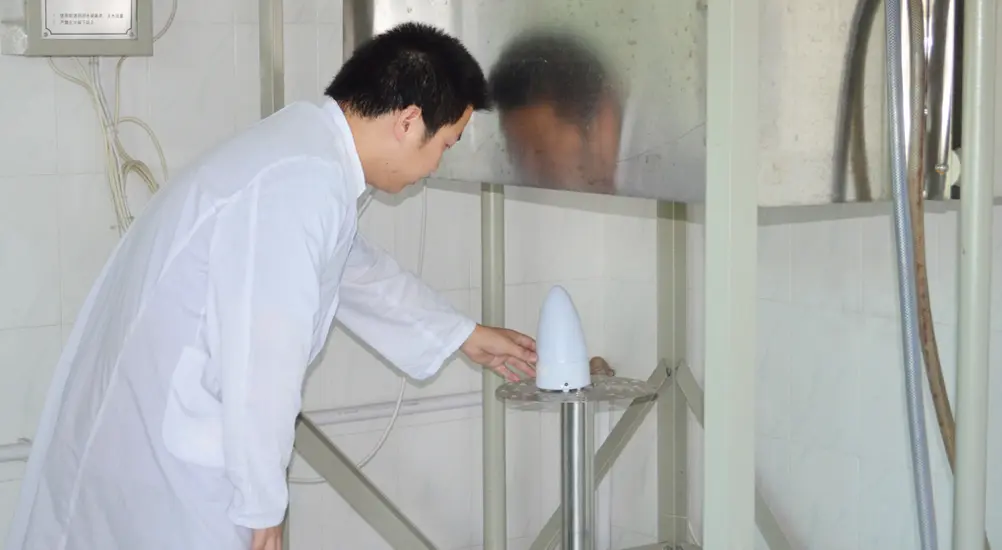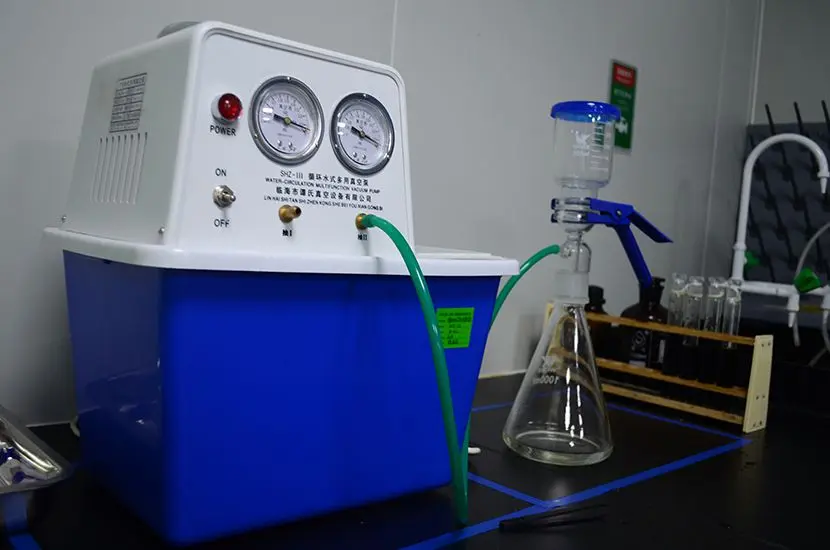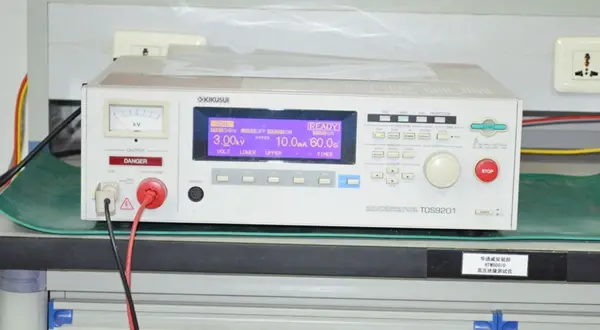
What is the EN71-3 Test for Toys?
In the European Union, toys are immersed in an acid designed to simULate stomach acid for two hours to assess the migration of specific elements. After this period, the acid is analyzed to determine the presence of lead, cadmium, mercury, and other listed cheMICals. If these substances are detected, it indicates they have "migrated" from the toy into the acid, which reflects a potential risk to children depending on the levels found.

Purpose of the EN71-3 Test for Toys
The purpose of en 71-3 is to simulate the digestion of any part of a toy by a child and to assess the risk of heavy metal exposure. The EN 71-3 test method simulates the conditions under which toy materials come into contact with gastric fluid after being swallowed. Soluble elements are extracted from the material and then measuRED against established migration limits.
Typical Procedures in the EN 71-3 Test Method
- Immersing toy material samples in a hydrochloric acid solution that simulates gastric fluid
- Shaking and stirring the solution
- Filtering to separate any solid matter from the solution
- Calculating element migration based on the concentration of soluble elements remaining in the solution
Eight Key Heavy Metals in the EN71-3 Test
The EN 71-3 standard sets migration limits for eight soluble metals in toys:
- Sb (Antimony) < 60 ppm
- As (Arsenic) < 25 ppm
- Ba (Barium) < 1000 ppm
- Cd (Cadmium) < 75 ppm
- Cr (Chromium) < 60 ppm
- Pb (Lead) < 90 ppm
- Hg (Mercury) < 60 ppm
- Se (Selenium) < 500 ppm
Email:hello@jjrlab.com
Write your message here and send it to us
 What Are the Battery Compliance Test Reports?
What Are the Battery Compliance Test Reports?
 Christmas Children’s Products EU & US Complian
Christmas Children’s Products EU & US Complian
 Food Packaging Material Testing
Food Packaging Material Testing
 Cosmetic Product Safety Report
Cosmetic Product Safety Report
 What is Prop 65 Warning?
What is Prop 65 Warning?
 Does RoHS Apply to Packaging?
Does RoHS Apply to Packaging?
 How to Get RoHS Compliance?
How to Get RoHS Compliance?
 How to get EN 62368-1 Test Report
How to get EN 62368-1 Test Report
Leave us a message
24-hour online customer service at any time to respond, so that you worry!




